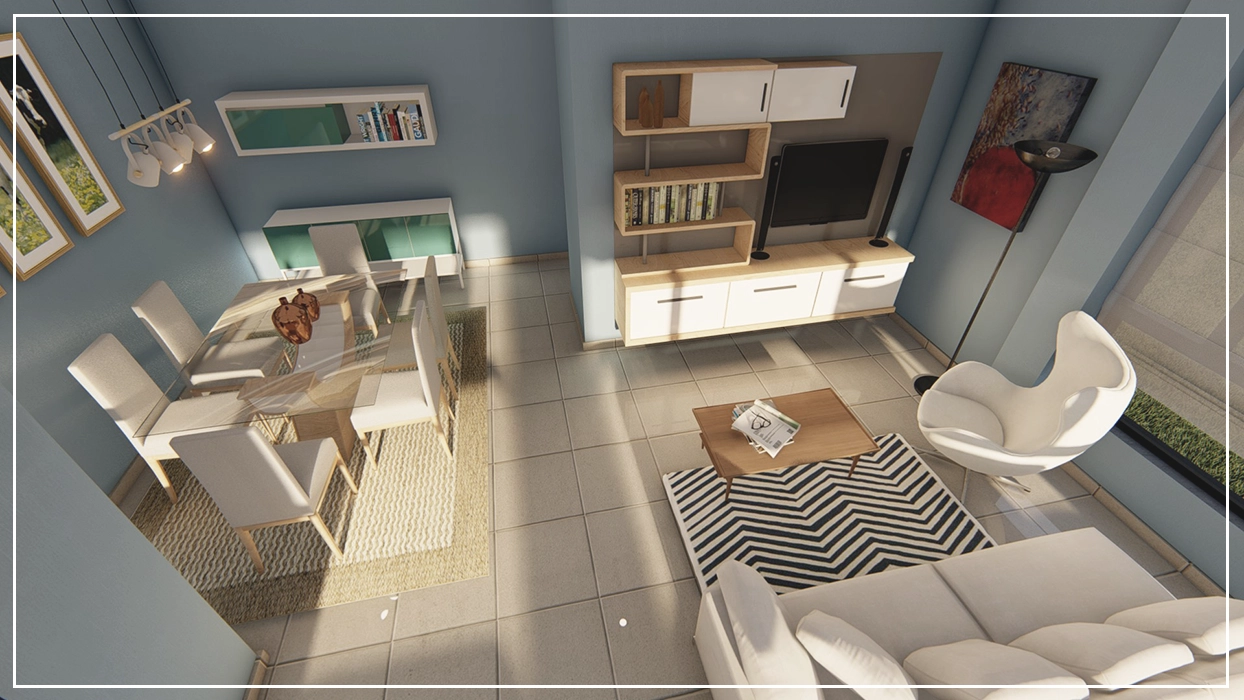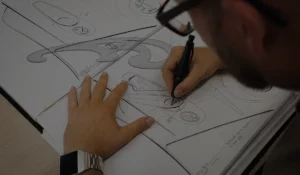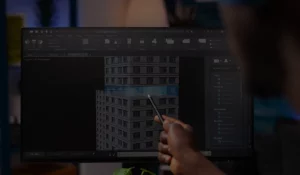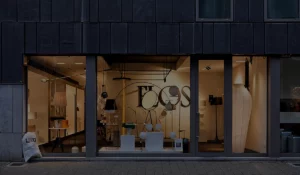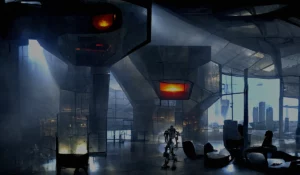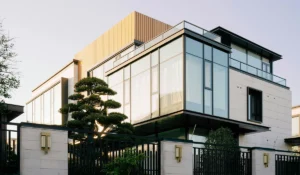| Apartment Mourie | Renovations |interior
| | Location : Medellin – Antioquia | | Use : Residential / 100M2 |
| | Promoter : Mr. Carlos Linares | | Author : Arq. Javier Arevalo |
Design Spaces: The Importance of Creating Environments that are Functional and Aesthetic
Table of Contents
The design of the room is a fundamental element in the creation of environments and functional aesthetic that will meet the needs and desires of the people. From the design of the interiors of homes and offices to the planning of public spaces and commercial, the discipline of design of spaces plays a crucial role in the configuration of the built environment. In this article, we will explore the importance of the design of spaces, the key principles that guide and how to VALO Architecture, as a company specialized in architecture, has the capacity to carry out projects of design spaces in a successful way.

The Importance of the Design of Spaces
The design of the spaces has a profound impact on the everyday life of the people. The spaces in which we live, work, learn, and recreate influence on our well-being, productivity, comfort and overall quality of life. Here are some of the reasons due to which the design of spaces is crucial:
1. Functionality
A well-designed space is functional, which means that it meets its purpose efficiently. In a house, the functionality results in a distribution of rooms that will suit the needs of its inhabitants. In the office, the functionality is related to the arrangement of work areas that foster collaboration and productivity. In a public space, the functionality may involve the creation of play areas, rest, and movement safe and comfortable. A poor design can lead to spaces disorganized, ineffective, and frustrating.
2. Aesthetic
The design of the room also has an aesthetic component, important. A space visually attractive can have a positive impact on the mood, the creativity and perception of those who use it. The choice of colors, materials, textures and decorative elements contributes to the overall aesthetic of a space and can transform a current place in an environment welcoming and cozy.
3. Adaptability
The spaces are well designed they are adaptable and can meet the changing needs of users over time. This is especially important in homes, where families can grow or change their needs over time, and in commercial spaces, where adaptability is essential to keep up with the trends and the changing needs of the market.
4. Energy Efficiency
The design of the room also plays a role in the efficiency energy efficiency of the building. The location of windows, the orientation of the rooms and the choice of building materials can influence the amount of natural light and heat that enters a space, which in turn affects the energy consumption for heating, cooling and lighting. A clever design can contribute to the sustainability and reduce the environmental impact.
5. Health and Wellness
A design of spaces, can promote the health and well-being of the people. In work environments, for example, a design that prioritizes ergonomics and the comfort of the employees can reduce stress and fatigue, boosting the satisfaction and productivity. In homes, a design that promotes the circulation of air, natural lighting and connection with nature can improve the quality of life of its inhabitants.

Key principles in the Design of Spaces
The design of spaces is based on a number of key principles that guide the planning and execution of projects. These principles are applied in a manner unique to each project, taking into account the needs and the specific objectives of the users. Some of the most important principles include:
1. Functionality and Ergonomics
The design of spaces must start by understanding the needs and behaviors of users. Ergonomics refers to the study of how people interact with their environment, plays a crucial role in this process. The spaces must be designed in such a way that the activities can be performed efficiently and comfortably. For example, in a kitchen, the location of the appliance and the work space should be ergonomic to facilitate the preparation of food.
2. Flow and Circulation
The flow and movement relate to how people move through a space. An efficient design should consider the layout of doors, corridors and circulation areas to minimize barriers and facilitate a fluid motion. In a shop, a good design of circulation can lead guests along a specific path, maximizing the exposure to products and encouraging purchases.
3. Light and Ventilation
The natural light and ventilation are key elements in the design of spaces. The right light can create environments welcoming and attractive, while adequate ventilation improves indoor air quality. Designers should consider the placement of windows, skylights, and elements of shading to make the most of natural light and cross-ventilation.
4. Use of Materials and Textures
The choice of materials and textures influences the aesthetics and the functionality of a space. The material durable and easy to maintain, they are ideal in areas of high traffic, while the textures and finishes can add visual interest and tactile. A good design balances aesthetics with practicality and budget for the project.
5. Flexibility and Adaptability
The spaces must be designed with the ability to adapt to the changing needs of the users. This involves planning of areas that can be reconfigured easily, as divisions mobile offices or rooms flexible housing. Adaptability is essential to ensure that a space is to remain functional and relevant over time.

VALO Architecture: Experts in Design of Spaces
VALO Architecture is a company specialized in architecture that has the capability and experience necessary to carry out projects to design spaces with success. With a team of architects and designers, highly qualified, VALO Architecture is dedicated to creating spaces that meet the highest standards of functionality, aesthetics and sustainability.
Experience and Knowledge
Experience and knowledge are fundamental in the design of spaces. VALO Architecture has an extensive background in the planning and execution of projects from interior design, interior architecture, offices, commercial spaces and more. This translates into the ability to tackle projects of diverse scale and complexity, adapting to the specific needs of each client.
Personalized Approach
Each design project of spaces is unique, and VALO Architecture understands the importance of a personalized approach. From the first consultation to the final delivery, the company works closely with its customers to understand their goals, needs and preferences. This results in design solutions that reflect the identity and the vision of each client.
Collaboration and Creativity
The design of spaces is a collaborative process that involves multiple disciplines, including architecture, interior design, engineering, and more. VALO Architecture fosters collaboration between your team and other professionals, which ensures that all aspects of the design are well integrated. Creativity is a core value in the company, which is reflected in the innovative designs and unique.
Sustainability and Energy Efficiency
Sustainability is an important consideration in the design of modern spaces. VALO Architecture is committed to using practices and sustainable materials in their projects to minimize the environmental impact. This includes the maximization of the energy efficiency and the incorporation of design elements that promote sustainability.
Commitment to Excellence
VALO Architecture is proud of its commitment to excellence in every project it undertakes. The company strives to exceed the expectations of its customers, offering high-quality results and exceptional service. Customer satisfaction is a priority, and VALO Architecture works tirelessly to achieve it.
Conclusion
The design space plays an essential role in the configuration of the environments that we inhabit and use daily. The functionality, aesthetics, adaptability, energy efficiency and the promotion of health and well-being are key factors in the design of spaces successful. VALO Architecture, as a company specialized in architecture, has the experience and knowledge necessary to carry out projects to design spaces that comply with these principles.
Their personalized approach, collaborative, and creative, along with their commitment to excellence make quality furniture Architecture-a reliable partner for those who seek to transform their spaces into environments functional and aesthetic. Whether it be a home, an office or a commercial space, VALO Architecture is ready to offer solutions of high quality design that exceed the expectations of their customers. The design space is not just an aesthetic issue; it's an investment in quality of life and efficiency that can have a lasting impact on people and the built environment.
SEE more About VALO Architecture

